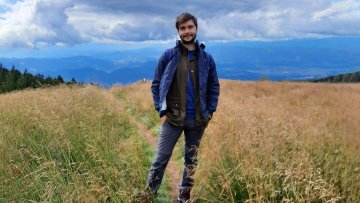There is no doubt about it, Santa is a mathematician. He must be, having every year to calculate the best way to get presents to so many homes in such a short space of time.
So in homage to such genius, we have two Santa themed puzzles for you to solve. You can find the answers at the bottom of the page (but try not to look too quickly).



